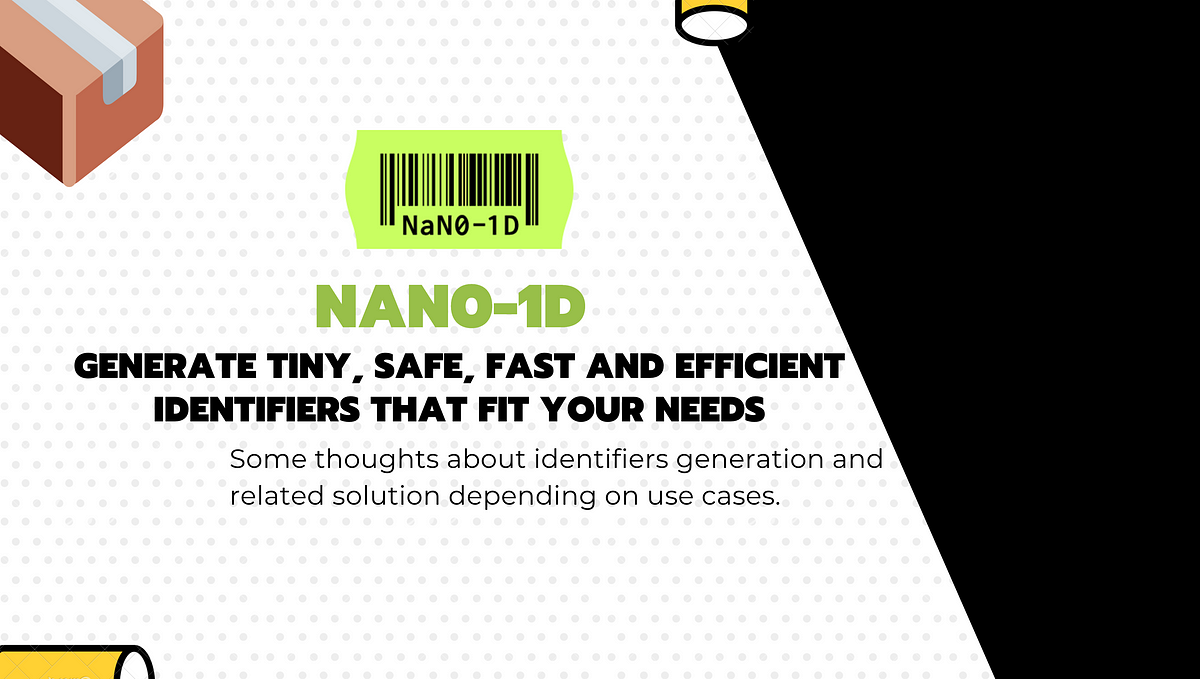
- #V4 uuid generator registration
- #V4 uuid generator software
- #V4 uuid generator code
- #V4 uuid generator mac
Microsoft GUIDs are sometimes represented with surrounding braces: RFC 4122 Section 3 requires that the characters be generated in lower case, while being case-insensitive on input.

These fields correspond to those in version 1 and 2 UUIDs (that is, time-based UUIDs), but the same 8-4-4-4-12 representation is used for all UUIDs, even for UUIDs constructed differently. Integer giving the middle 16 bits of the timeĤ-bit "version" in the most significant bits, followed by the high 12 bits of the timeġ to 3-bit "variant" in the most significant bits, followed by the 13 to 15-bit clock sequence Integer giving the low 32 bits of the time The canonical 8-4-4-4-12 format string is based on the record layout for the 16 bytes of the UUID: UUID record layout (See below.) In the example, M is 1, and N is a (10xx 2), meaning that this is a version-1, variant-1 UUID that is, a time-based DCE/RFC 4122 UUID.
#V4 uuid generator code
The four bits of digit M are the UUID version, and the 1 to 3 most significant bits of digit N code the UUID variant. The four-bit M and the 1 to 3 bit N fields code the format of the UUID itself. In its canonical textual representation, the 16 octets of a UUID are represented as 32 hexadecimal (base-16) digits, displayed in five groups separated by hyphens, in the form 8-4-4-4-12 for a total of 36 characters (32 hexadecimal characters and 4 hyphens). The Internet Engineering Task Force (IETF) published the Standards-Track RFC 4122, technically equivalent to ITU-T Rec. UUIDs are documented as part of ISO/ IEC 11578:1996 " Information technology – Open Systems Interconnection – Remote Procedure Call (RPC)" and more recently in ITU-T Rec.


#V4 uuid generator software
UUIDs are standardized by the Open Software Foundation (OSF) as part of the Distributed Computing Environment (DCE). When in July 20 was published as a proposed IETF standard, the ITU had also standardized UUIDs, based on the previous standards and early versions of RFC 4122. RFC 4122 registered a URN namespace for UUIDs and recapitulated the earlier specifications, with the same technical content. Later, the Microsoft Windows platforms adopted the DCE design as "globally unique identifiers" (GUIDs). The initial design of DCE UUIDs was based on the NCS UUIDs, whose design was in turn inspired by the ( 64-bit) unique identifiers defined and used pervasively in Domain/OS, an operating system designed by Apollo Computer. In the 1980s Apollo Computer originally used UUIDs in the Network Computing System (NCS) and later in the Open Software Foundation's (OSF) Distributed Computing Environment (DCE).
#V4 uuid generator mac

Information labeled with UUIDs by independent parties can therefore be later combined into a single database or transmitted on the same channel, with a negligible probability of duplication.Īdoption of UUIDs is widespread, with many computing platforms providing support for generating them and for parsing their textual representation. Thus, anyone can create a UUID and use it to identify something with near certainty that the identifier does not duplicate one that has already been, or will be, created to identify something else. While the probability that a UUID will be duplicated is not zero, it is close enough to zero to be negligible.
#V4 uuid generator registration
Their uniqueness does not depend on a central registration authority or coordination between the parties generating them, unlike most other numbering schemes. When generated according to the standard methods, UUIDs are, for practical purposes, unique. The term globally unique identifier ( GUID) is also used. A universally unique identifier ( UUID) is a 128-bit label used for information in computer systems.


 0 kommentar(er)
0 kommentar(er)
